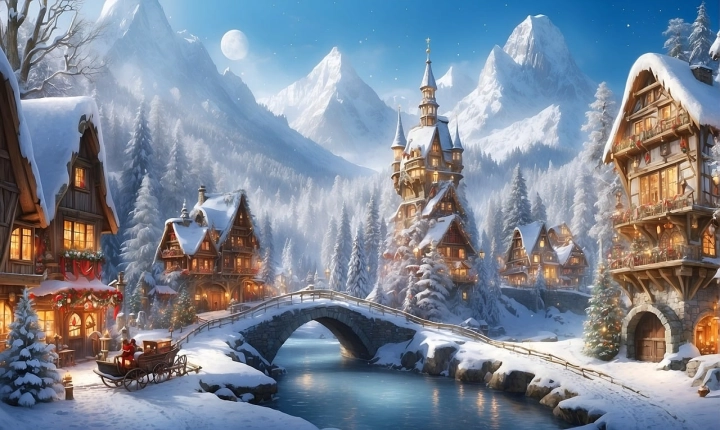As technology continues to advance at an unprecedented rate, the integration of artificial intelligence (AI) into various aspects of our lives has raised a number of ethical and practical concerns. Among these concerns is the growing debate surrounding AI-generated art, and whether it presents a problem for the art world and society as a whole.
AI-generated art, often referred to as “computational creativity,” involves the use of algorithms and machine learning to create original pieces of art, music, or literature. Proponents of AI art argue that it represents a new form of creative expression and offers exciting possibilities for innovation and collaboration between humans and machines. However, critics worry that AI art may devalue the role of human artists and undermine the authenticity and emotional depth of traditional art.
One of the primary concerns surrounding AI-generated art is the potential impact on the livelihood of human artists. As AI algorithms become increasingly sophisticated and capable of producing high-quality art, there is a fear that human artists could struggle to compete in an environment flooded with AI-generated works. This could lead to a devaluation of human creativity and talent, as well as a decrease in opportunities for artists to earn a living from their art.
Furthermore, the question of authorship and originality becomes increasingly complex in the context of AI art. When a machine produces a piece of art, who should be credited as the creator – the machine’s programmer, the algorithm itself, or the machine as an autonomous entity? This blurring of the lines between human and machine creativity challenges traditional notions of authorship and intellectual property rights, and has prompted legal and ethical debates about the ownership and attribution of AI-generated art.
Additionally, the emotional and cultural significance of art is a key concern in the discussion of AI-generated art. Many argue that the emotional depth and personal expression inherent in human-created art cannot be replicated by a machine, and that AI-generated art lacks the depth and soul that makes traditional art so impactful. This raises questions about the potential impact of AI art on our collective cultural heritage and the preservation of human creativity and emotion in artistic expression.
Another issue to consider is the potential for AI art to perpetuate biases and inequalities. Since AI algorithms are trained on data that may reflect existing social, cultural, and aesthetic biases, there is a risk that AI-generated art could perpetuate and amplify these biases. This could lead to a homogenization of artistic expression and a reinforcement of existing inequities in the art world, further marginalizing underrepresented artists and perpetuating cultural stereotypes.
While the rise of AI-generated art presents a number of challenges and concerns, it also offers the opportunity to explore new frontiers of creativity and collaboration. As AI technology advances, it is crucial for the art world and society to engage in open and thoughtful discussions about the implications of AI-generated art, and to consider how to navigate these challenges while embracing the potential for innovation and new forms of artistic expression.
In conclusion, the emergence of AI art raises a complex array of issues that demand careful consideration and dialogue within the art world and broader society. As we continue to grapple with the implications of AI-generated art, it is essential to engage in conversations about its impact on human creativity, cultural heritage, and ethical considerations, and to work towards solutions that uphold the value of human artistic expression while harnessing the potential of AI as a tool for innovation and collaboration.
